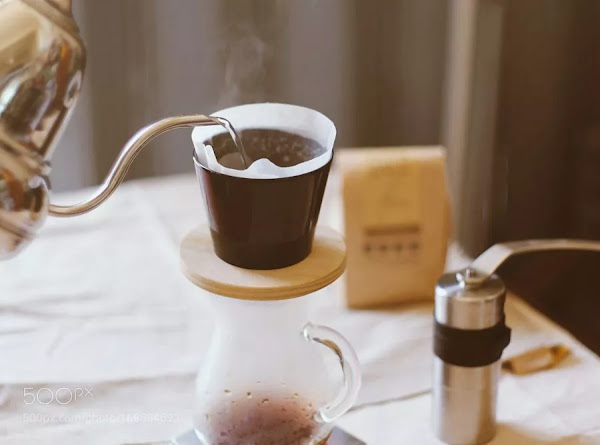Best Drip Coffee Makers
What is drip coffee?
Drip coffee is a popular method of brewing coffee in the West, especially in North America. Drip coffee (or filter coffee) is brewed with a permanent or removable filter. Each method gently pours water through coffee into a container. The non-pressurized water used in drip coffee produces a different aroma and texture.
Types of Drip Coffee Makers/Methods
Depending on how much time you want to spend preparing a cup of coffee for yourself, here are three methods to make drip coffee.
Drip Coffee Machines
Inventions like the automatic drip coffee machine have become standards for individuals who enjoy decent coffee without much trouble. The water was set to a temperature that made brewed coffee taste great. Many individuals believed their machine could always brew good coffee. These mistakes could be avoided with general maintenance.
Pros & Cons
Regular de-scaling keeps the water chamber free of calcium crud and bacteria. The most common issue with drip coffee machines is limescale accumulation on the heating element. Most people are unaware that 3-4 cups of vinegar quickly dissolve calcium.
Pour Over
Around the turn of the century, the standard percolator made bitter, bad-tasting coffee, so the pour over method was invented. The Melitta cone was the original pour-over type, but there are now several varieties, our favorite being the V60. The way hot water is poured over the coffee beans varies across different pour-over brewing methods.
If you enjoy discovering new flavors in coffee beans, this is a great way to do so. Most people enjoy using a pour-over device because it allows them to be creative while making a new cup. If the water or timed intervals aren't constant, the outcomes can be disastrous.
Pros & Cons
Bad pour-over coffee is most often caused by hot water temperature. Any water that is hotter than 205F can burn your coffee and give it a harsh flavor. The most common mistakes are in the coffee grind setting and the time spent steeping coffee grounds. It's a science that can be learned if you're patient.
Drip Bags
In the 1990s, portable coffee bags exploded in Tokyo hotels. They eliminated the requirement for most hotel room drip coffee machines. The nicest thing about drip bags is that they are simple to use and make great coffee. They are less common in the US, but may be found on several coffee supply websites.
Pros & Cons
Most drip bags are flawless, but using excessively hot water or overfilling the bag will result in coffee grounds in your cup. With this approach, you don't have to measure the coffee grinds as much as with a pour-over. All coffee drip bags already contain coffee, so all you need to do is add water and wait.
Coffee Capsules
The Nespresso machine was perhaps the next significant innovation in home brewing coffee. A story that began with a nagging dare and ended with the machine that developed the coffee capsule. The closest thing to espresso coffee without traveling to a real café or coffee shop is a capsule coffee maker, which is found in most American households.
Pros & Cons
It's difficult to mix up a capsule coffee, but not impossible. Never use tap water in a coffee capsule machine. Each time, start with filtered fresh water. These machines also require more frequent cleaning than automatic drip machines. The biggest issue is when you start buying the bad coffee counterfeit capsules. Choose branded capsules for flavor and quality.
Factors that Affect Flavor
- The ratio of coffee to water;
- Cooking time,
- water temperature;
- The size of ground beans.
To make a balanced cup of coffee, mix all these elements. When hot water is poured over ground coffee, the coffee beans begin to extract aroma and flavor. For one cup of drip coffee, add 125mlof water, 7g of coffee, and simmer till extraction is complete. The optimal temperature for drip coffee is 200°F. The aroma of freshly brewed coffee will fill your home in minutes.
